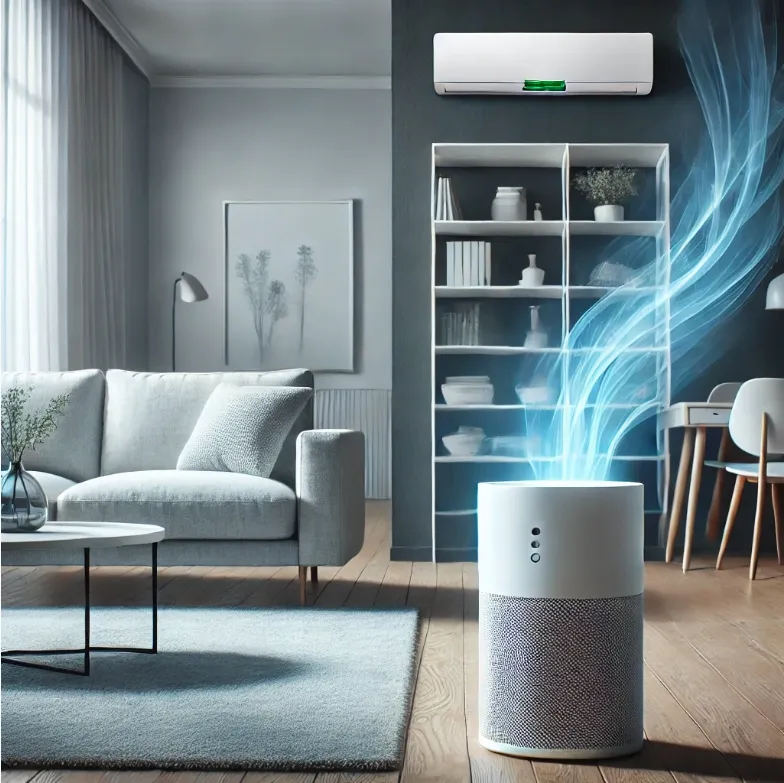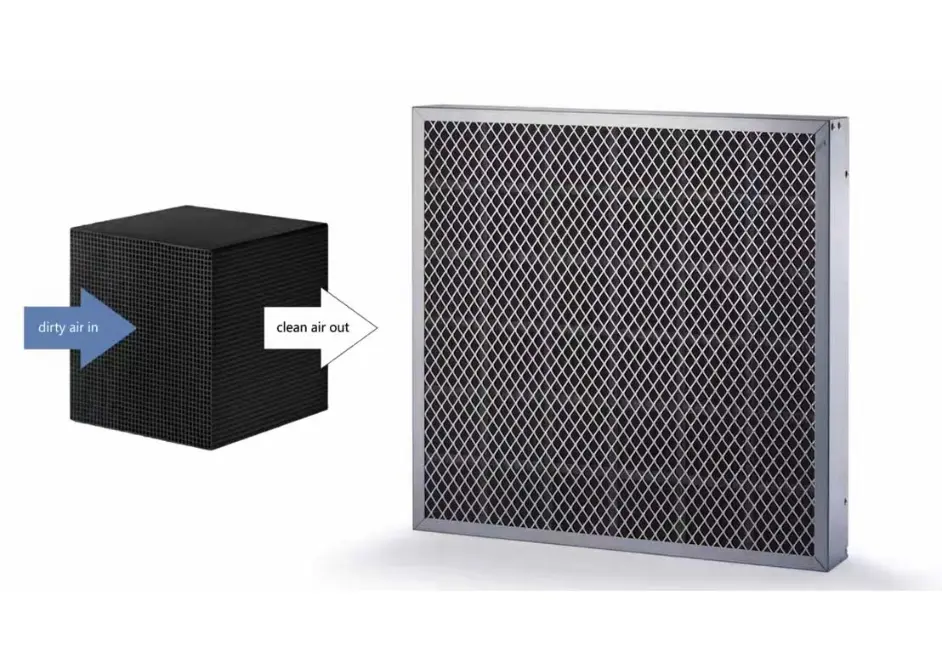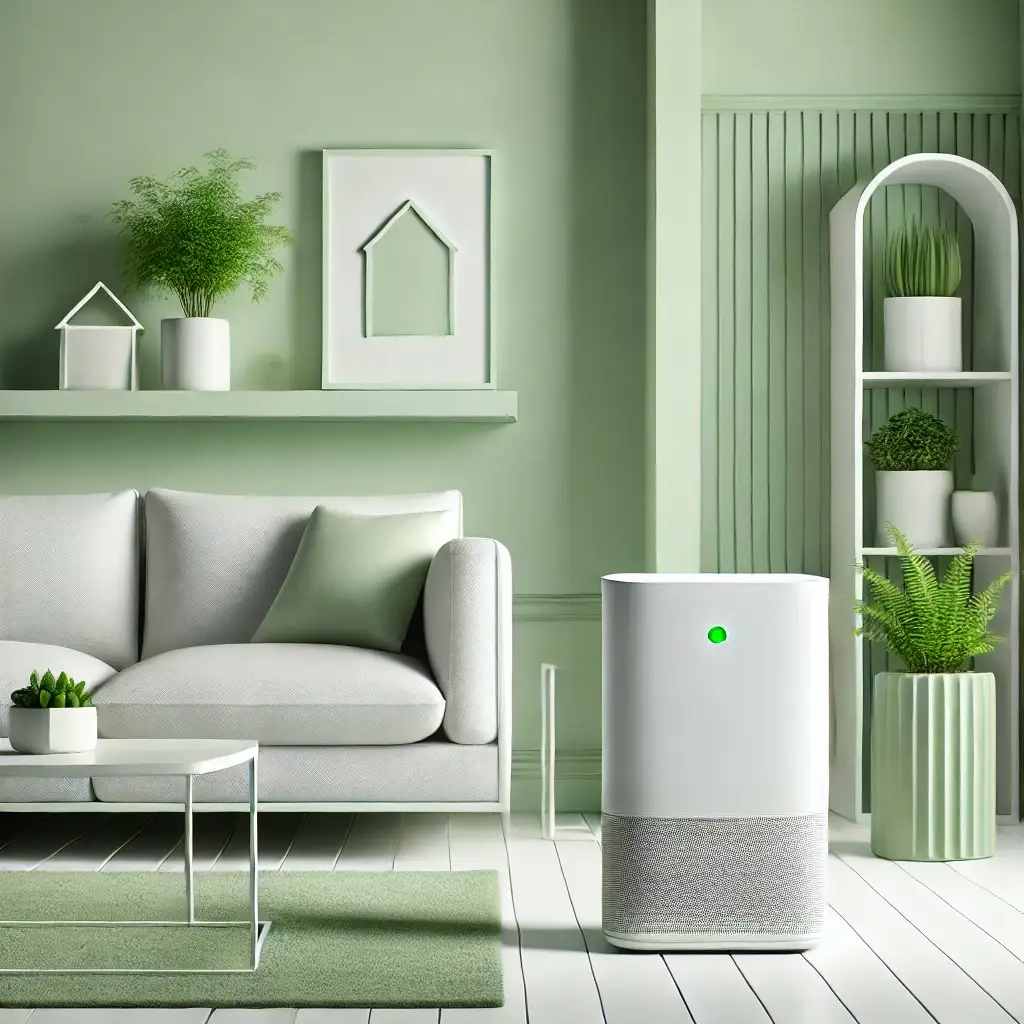In the quest for cleaner, healthier indoor air, activated carbon has emerged as a vital component in high-performance air purifiers. This versatile material effectively removes a wide range of harmful pollutants, offering significant benefits for both residential and commercial environments.
Table of Contents:
- Understanding Activated Carbon: A Molecular Sponge
- How Activated Carbon is Used in Air Purifiers
- Types of Activated Carbon Used in Air Purifiers
- Pollutants Removed by Activated Carbon
- Measuring Air Purifier Performance: Beyond the Basics
- Benefits of Using Activated Carbon in Air Purifiers
- Conclusion
1. Understanding Activated Carbon: A Molecular Sponge
Activated carbon, also known as activated charcoal, is a highly porous material, works like a molecular sponge, capturing pollutants through a process known as adsorption. Its vast surface area provides countless tiny pockets for trapping harmful gases, volatile organic compounds (VOCs), and odors.
2. The Synergy with HEPA Filters
In air purifiers, activated carbon often pairs with HEPA filters to create a powerful filtration system. While HEPA filters excel at removing larger particles like dust and pollen, activated carbon tackles the invisible threats – harmful gases and odors.

3. Types of Activated Carbon: Tailored for Different Needs
Activated carbon comes in various forms, each with its own strengths:
- Granular Activated Carbon (GAC): Durable and versatile, GAC is a popular choice for air purification.
- Powdered Activated Carbon (PAC): Ideal for specific applications, PAC offers high adsorption capacity but may require more frequent replacements.
- Honeycomb Activated Carbon: Known for its stable structure and low wind resistance, honeycomb activated carbon provides long-lasting performance.

4. A Target List of Pollutants
Activated carbon is a formidable weapon against a range of harmful pollutants, including:
- Tobacco Smoke: Contains over 7,000 harmful chemicals, many of which are carcinogenic.
- Volatile Organic Compounds (VOCs): Emitted from paints, cleaners, and building materials.
- Formaldehyde: Found in household products and linked to respiratory issues.
- Benzene: Used in plastics and other chemicals, benzene is harmful when inhaled.
- Naphthalene: Present in pesticides and cigarette smoke, naphthalene poses health risks.
- Chloroform: A common industrial solvent linked to liver and kidney damage.
- Toluene: A frequent component in paints and fuels, toluene can harm the nervous system.
By removing these harmful substances, activated carbon filters play a crucial role in improving indoor air quality, especially in homes, offices, and industrial conditions.
5. Measuring Air Purifier Performance: Beyond the Basics
Smoke and volatile organic compounds (VOCs) are some of the smallest and most dangerous particles, easily passing into the bloodstream through the lungs and posing serious health risks when inhaled. This makes it essential to use activated carbon filters in air purifiers. However, not all air purifiers with activated carbon filters offer the same level of efficiency when it comes to removing these particles. There are three key metrics to measure the performance of an air purifier:
a) Clean Air Delivery Rate (CADR)
This metric measures the volume of clean air an air purifier can deliver in a specific timeframe. A higher CADR indicates faster filtration, making it ideal for quickly purifying air contaminated with smoke or VOCs.
b) Air Changes per Hour (ACH):
This metric represents the number of times an air purifier can filter the entire room’s air in an hour. Understanding the recommended ACH for your room’s size and purpose is essential for selecting the right purifier.
c) Cumulative Clean Mass (CCM):
- Unlike CADR, CCM provides a long-term perspective on an air purifier’s performance. It measures the total mass of particles and formaldehyde removed over time, revealing its durability and effectiveness in maintaining consistent filtration.
- Particle and Formaldehyde Removal Levels: CCM is categorized into four levels (P1-P4) for particles and formaldehyde. A higher level indicates superior long-term performance.
6. The Benefits of Activated Carbon Air Purification
The key advantages of using activated carbon in air purifiers include:
- Efficient Gas Removal: Removes harmful gases and VOCs that traditional filters often miss.
- Odor Elimination: Neutralizes unpleasant odors, creating a more comfortable and pleasant environment for human and pets.
- Health Protection: Reduces exposure to harmful chemicals, promoting better health and well-being.
- Durability: Honeycomb and granular activated carbon offer long-lasting performance, making them a cost-effective investment.

7. Conclusion: Breathe Easier with Activated Carbon
Activated carbon is a powerful tool for improving indoor air quality. By understanding its role and benefits, you can make informed decisions when selecting an air purifier that effectively addresses your specific needs. Breathe easier and enjoy a healthier environment with the power of activated carbon.
Keywords: activated carbon, air purifiers, HEPA filter, volatile organic compounds (VOCs), activated carbon filter, granular activated carbon (GAC), honeycomb activated carbon, formaldehyde, benzene, naphthalene, adsorption, tobacco smoke, air purification




